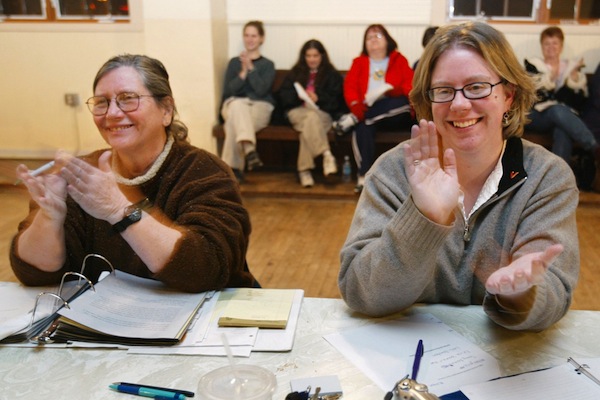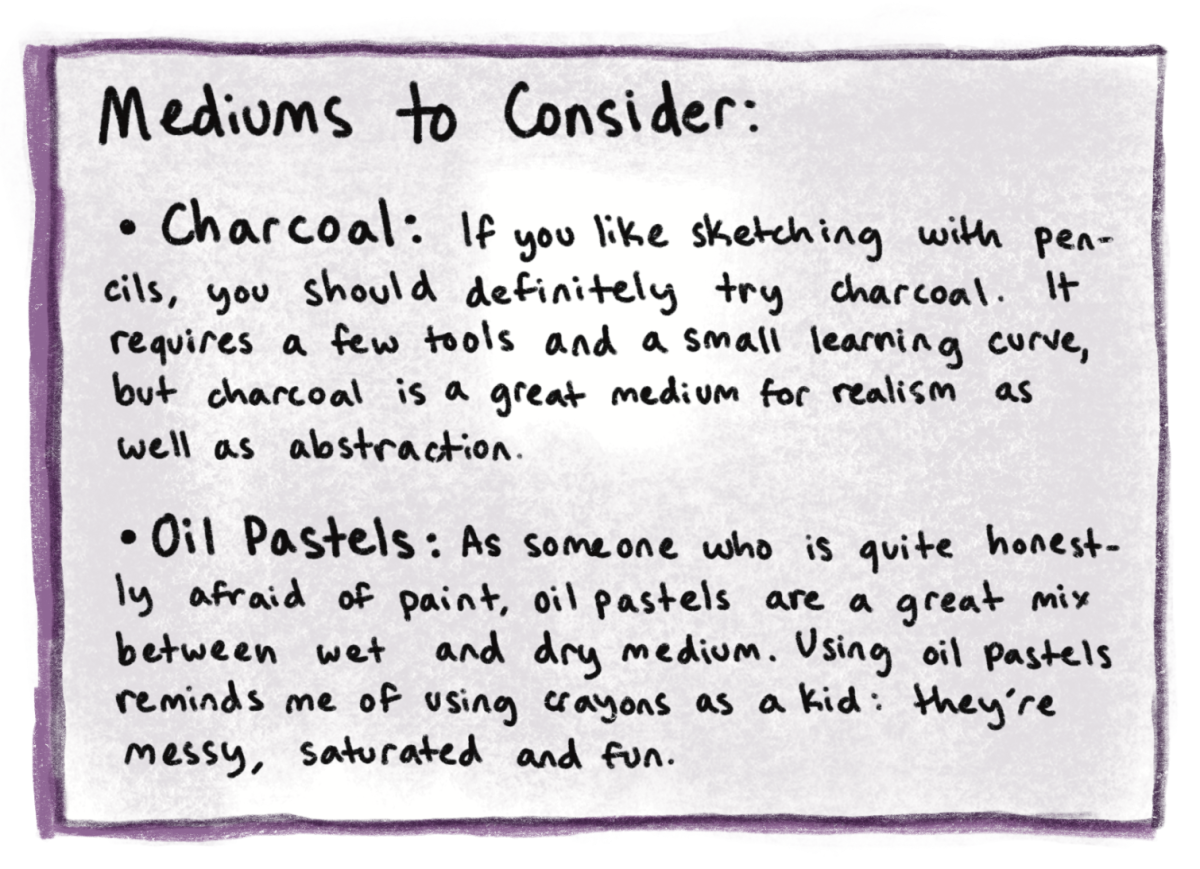The Occupy Wall Street movement began protesting economic inequality in New York Sept. 17, calling for reduced corporate power in government and restrictions on the financial industry that many protesters fault for the 2008 fiscal crisis.
The protesters, who say they are the “99 percent,” believe that Americans in the top 1 percent of the tax bracket, of whom employees on the financial sector in Wall Street are symbolic, have benefited to the detriment of the American middle class. Although the movement lacks an official platform, the protesters universally oppose the government’s treatment of corporations and of the wealthiest Americans, and feel that Americans in a position of economic power must contribute more to society.
“I think that Occupy Wall Street is an authentic representation of collective frustration,” senior Zoe Krause said. “I am impressed by it, awed by it and inspired by the duration of it. I think it has gotten less full and sensible coverage than it deserves because, unlike comparable movements, the demands of the protestors are complicated and diverse.”
Protests began in front of the New York Stock Exchange, christening the movement Occupy Wall Street, but eventually activists were forced to move to nearby Zuccotti Park. Though their over arching message opposes the financial industry, Occupy Wall Street lacks formal organization or leaders.
“Because they (the Occupiers) are so vehemently dedicated to having no organized leadership, I think it will be difficult for them, or their movement, to be a real political force,” social studies teacher Mike Hill said. “Think about it: they don’t have a real spokesperson to be the face of the movement. Because they lack a bureaucratic structure, I think the political powers that be won’t really engage them, or take them seriously on any meaningful level.”
The absence of organization and leadership has led to a lack of unified demands. In addition to missing a political platform, the activists who compose the movement do not have inside influence over Wall Street.
“I don’t think it really has an effect on people who are directly working on the floor of the New York Stock Exchange because they’re not changing how the stock brokers work,” freshman Benjamin Collinger said. “Sooner it’s going to dissipate because it gets colder… The only way things are actually going to change is if people who work on Wall Street change things from the inside.”
Even some who agree with Occupy Wall Street’s message do not believe that the movement will succeed. Although the protests began in early September, economic policy reform has not yet materialized.
“I think Occupy Wall Street is a very good idea in theory,” junior Sydney Fontaine said. “However, I don’t see it doing it anything too positive because so far all that’s been happening is the people on Wall Street walking over these people standing out to get to their jobs… If protesting did such a great with everything then I think it would be somewhere by now.”
In the midst of the campaign for the 2012 presidential elections, some politicians opted to declare support for the movement in the hopes of winning more support for 2012, including Republican candidate and former Utah governor Jon Huntsman. The Los Angeles Times noted Oct. 19 that Huntsman’s recent Wall Street Journal Op-Ed in favor of stricter banking regulations suggested that “Huntsman recognizes that the average American shares Occupy Wall Street’s resentment of the bank bailouts.” President Obama has also voiced support for the Occupy Wall Street movement. However, if the movement subsides before the 2012 elections, its impact may be insignificant.
“I don’t think they’re going to be around in a year,” social studies teacher Christopher Saxton said. “I don’t think it’s going to impact the elections because it’s not an orchestrated movement, at least at this point.”
The movement has been compared in many ways to the Tea Party movement among conservatives. Although the specific economic beliefs of the groups are not the same, both showcase a strong sense of frustration with the economy and with elitist power in government, with the Tea Party blaming liberals and Obama and Occupy Wall Street blaming corruption in the financial sector.
“Both are grassroots movements that tap into a populist frustration with the current economic and political order,” social studies teacher Rob Good said. “While both started as genuine grassroots movements, third parties have sought to influence movements for their own ends.”
Both movements also represent fringe groups among voters. In the face of extremism from liberals and conservatives alike, some feel that compromise is the best solution.
“The Occupy Wall Street movement is like the Tea Party because both believe that the answer is to be extremely one sided, whether far left or far right,” senior Cecelia Vetter said. “Both movements ask for change, but the best way for our country to improve is for compromise and concession. If both conservatives and liberals worked together, change would be made that satisfies a large majority of people.”
Though the “Occupy” movement has spread to cities nationwide, including St. Louis, the future of Occupy Wall Street remains uncertain. However, supporters remain hopeful that if the movement continues, changes will come.
“I don’t know what they will do, or if they will push the frame of debate towards progress in fixing our problems, but I do know that these protesters and all such movements on the other side of the ideological divide are authentic representations of American spirit and values,” Krause said. “I am glad that they are forcing us to some degree to examine the ways that the system we live in is imperfect and unbalanced.” #










